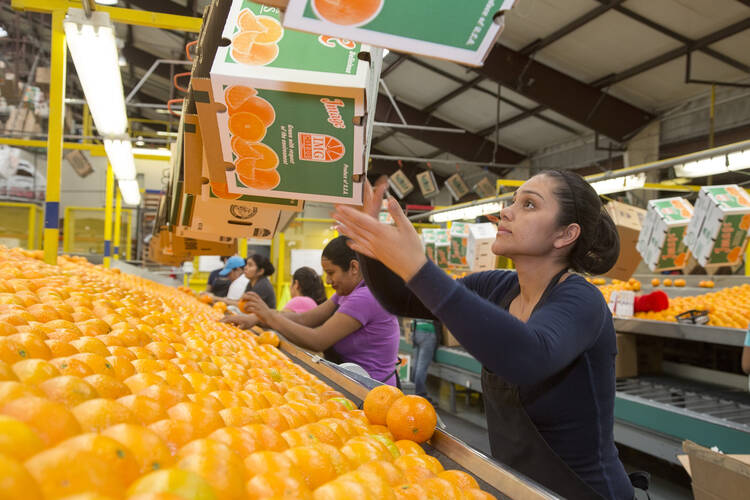Describing her desire to be successful in Amazon’s high-intensity workplace culture, Dina Vaccari, who worked there from 2008 to 2014, compared it to an addiction: “It was like a drug that we could get self-worth from.” A number of former employees spoke with The New York Times for a report published on Aug. 15 that examined Amazon’s management practices. They described the work environment as being nearly brutal in its focus on rigorous measurement of performance, constant improvement through competition and critique, and a disturbing lack of patience or compassion for colleagues dealing with family and medical issues.
Jeff Bezos, the company’s chief executive officer, said the article did not “describe the Amazon I know” and that “anyone working in a company that is really like the one described…would be crazy to stay.” In other words, that kind of workplace is not worth working at, for self-worth or any other goal.
While they have different accounts of the reality at Amazon, both Mr. Bezos and the ex-employees agree implicitly that work must contribute to human flourishing, not only to the bottom line of a corporate balance sheet. Pope Francis, reiterating this fundamental claim of Catholic social teaching, reminds us in “Laudato Si’”: “Work is a necessity, part of the meaning of life on this earth, a path to growth, human development and personal fulfilment” (No. 128).
Our economic culture and our consumerism are making it ever more difficult to value work and workers in any terms other than raw productivity or the “cost of labor.” And, as we might expect and ought to pay attention to, the burdens of this limited perspective fall more often and more heavily on the poor and the working class than on white-collar “knowledge workers.” While Amazon’s office culture was the focus of the recent Times article, their warehouse employees are measured and monitored to achieve similarly demanding performance, though in their case the relevant metric is boxes packed per hour.
Similar approaches to labor can be seen throughout the increasingly misnamed sharing economy. Uber, for example, currently faces legal challenges from some of its drivers, who argue that they should be classified as full-time employees. Uber argues in response that many of its contractors value the flexibility to set their own hours; what goes unsaid is that their flexibility and Uber’s avoidance of the extra costs of having real employees may be two sides of the same coin.
This appears, in hindsight, to be an inevitable outcome of the intersection of consumer convenience and technology companies funded by modern finance. We want our Uber rides when we want them, predictably, safely and cheaply; we want our Amazon Prime purchases delivered almost before we finish clicking “Buy Now.”
In order to achieve these prodigious feats of consumer satisfaction, companies need to tightly control and manage their workforces. Uber cannot function without drivers on the clock and centrally coordinated; Amazon cannot shave another 50 cents off the price of a book or a day off a delivery time unless its workers are performing optimally, achieving great productivity at very low operational cost. Under this logic, Amazon and Uber have an obvious ultimate goal: warehouse robots and self-driving cars. Why employ humans at all when they are primarily an extra cost of doing business? As Pope Francis cautioned in “Laudato Si’,” “The orientation of the economy has favored a kind of technological progress in which the costs of production are reduced by laying off workers and replacing them with machines” (No. 128).
Economists are very good at quantifying the cost of labor, but we struggle greatly to talk about its worth. Because of the outsized and exclusive priority given to profit, we will continue to struggle both with the exploitation of low-wage workers and, even at the highest levels of compensation, with the pressure to chase productivity, efficiency and growth at the cost of actual happiness.
There are some hopeful signs. Local and state-level initiatives to raise the minimum wage to a living wage can help to put a floor underneath the profit-maximizing drive to pay employees as little as possible. Increasing the earned income tax credit and raising the national minimum wage to an appropriate level would help set a national baseline for income that reflects the dignity of work. Archbishop Thomas Wenski of Miami, chair of the U.S. bishops’ Committee on Domestic Justice and Human Development, supported the living wage initiatives in his 2015 Labor Day statement and called us to examine our consciences regarding our “choices about the clothes we wear, food we eat, and things we buy—most of which is unaffordable to the very workers who make it.” We also need to examine as a society how corporations connect labor to profit and seek models that value the human worth of work rather than its productivity alone.








